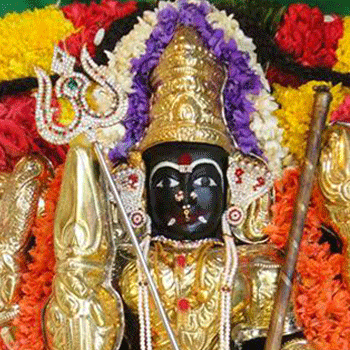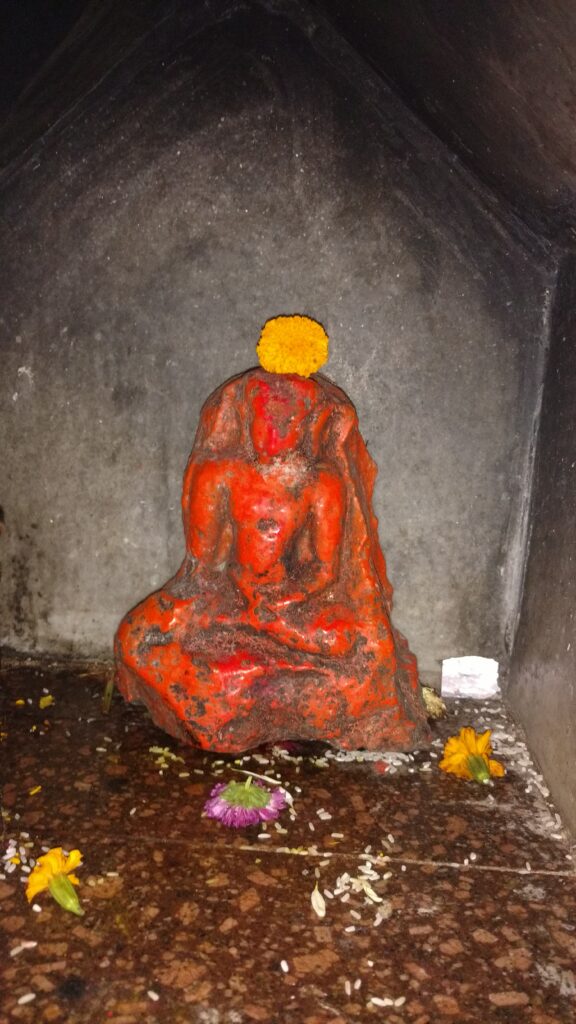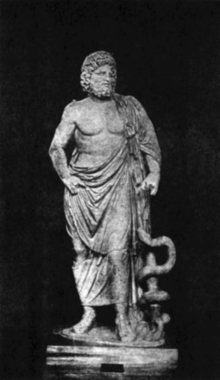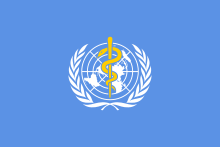Faced as we all are, with a novel virus that we are grappling to understand fully, I feel we might be in a position to step into the shoes of ancient societies where also people struggled to find their own unique ways of dealing with illnesses they were unable to understand.
Virus and bacteria related illnesses have troubled humans for centuries. Medicine and cure apart, mental assurance and hope have played and continue to play a key role in how people feel during such times.
Perhaps it is not surprising therefore to find that humans and Indians in particular, have created a plethora of deities to propitiate, to safeguard their health against Viruses.
Mari-amman in South India and Sitala-devi in the north are only some of the many instances of deities across India that meet such a need.
They are joined by Plague-amma and Aids-amma and a number of others. Will the current pandemic of Novel Corona Virus see the rise of another deity in the dazzling pantheon we find in India? Well…only time will tell!
Sitaladevi
Nestled in the midst of a busy urban neighbourhood in Mahim is a little bubble that transports the visitor to another world. Here, Sitala Devi (the cooling goddess) presides over a complex of shrines and deities and devotees pour in to worship the healing goddess to cure their illnesses.

Worshippers pour water over her stone figure and then bathe with that water. They believe that bathing in the water that has been offered to the devi will heal them.
Sitaladevi is a popular goddess across North India. The story goes that that travelling with Jvarasura, a triple headed fever demon, Sitala, the beautiful maiden born from the cool ashes of a sacrificial fire, is insulted at the abode of Indra.
Humiliated and enraged, Sitala asks Jvarasura to possess the bodies of the gods. When Shiva reveals to the gods that their fever and small pox are caused by the wrath of Sitala, they worship her with devotion and their afflictions disappear.
The cult of Shitala-Jvarasura is very popular in West Bengal, where the duo are believed to travel on a donkey which is their vaahan/mount.
While modern sensibilities might find such stories amusing, the cult of Sitala Devi is still very popular across many parts of north India, where the goddess is believed to bring in a cooling effect on fevers and other illnesses.
Mari-amman
The southern counterpart of Sitala Devi is Mari-amman, who is worshipped with a cult following in many parts of south India.
It is believed that the goddess is a carrier of heat and devotees carry jars of water and milk to bathe her so she may cool the heat of disease.

In earlier times, Mari-amman was worshipped as the giver and the healer of Small Pox, perhaps at a time when the disease ravaged many across the region. It was believed by worshiping Mariamman, one could avoid her wrath and keep Small Pox at bay.
Khokladevi
Sitaladevi is joined in the temple complex at Mahim in Mumbai by Khokaladevi, her counterpart who rids devotees of cough. (khokla means cough)
The shrine, under the shade of an old peepal tree, is propitiated by many to rid them of suffering from persistent coughs and colds.

Khokla Devi is offered suran, atta and salt. And the traditional prasad comprises dry ginger with sugar. Note how the prasad is modified to suit the disease. The ginger may do the trick and send the cough packing – but only with the grace of Goddess Khokla devi.
Healing Avatars
Some of the popular deities of India also have healing forms.
Shiva for instance, also takes the form of Vaidyanatha or the Lord of Healing (vaidya meaning doctor and natha meaning lord). Particularly in the Vaideeshwara (Ishwara meaning Lord and Vaidya meaning doctor) temple in Tamil Nadu. A dip in the temple tank is believed to cure people of illness. Legend has it that when a devotee of Shiva was struck by leprosy, the lord came down to cure him here.
Vishnu is also regarded in certain forms as a divine physician. The pond of water near the Vishnu temple at Tirvallur in Tamil Nadu is believed to have special curing properties.
Other Healing Deities of India
Across India, a range of deities are worshiped for healing and cure.
Garba Rakshambika is believed to protect the womb.
Adi Parashakti, worshipped as the Supreme Primordial Power, is also associated with healing.
Dhanavantri, the Physician of the Gods is worshiped as the god of Ayurveda while the Ashwins are regarded as the twin doctors of the Gods.
In Bengal, Cholera Olabibi is believed to free one infected by Cholera. Dhitpodani is believed to help resolve digestive disorders and the folk god Ghantarana is vested with the responsibility of curing skin diseases.
Modern Day Deities!
While the modern mind may scoff at these beliefs and practices, a few have sought inspiration in them to solve contemporary problems.
Teachers and Doctors have devised an AIDS Amma (goddess of AIDS) on the lines of Mari-amman, in the hope that perhaps the goddess might inspire people towards health and hygiene.
In a strange meeting of modern science with religion, Aidsamma temples in different parts of the south, inform and inspire devotees to guard against the killer disease.
In Bangalore, one finds a temple dedicated to Plague-amma, which was built when the Plague struck the city over a century ago.
Healing deities in world cultures
Ancient cultures across the world had heeling deities.
The cult of Asklepios (or Asclepius) was very popular in ancient Greece (and later in Rome) with several temples dedicated to this God of Medicine and Healing.
Asclepeion were healing temples which were spiritual places of healing where the sick visited baths of sacred springs for healing. Non-venomous snakes were also said to be used in the process as serpents were a symbol of Asklepios, whose iconographic representation had him holding a serpent-entwined rod.

To this day, this symbol is associated with health and healing and is found on the logo of many health-related organisations including the WHO.

In the Persian pantheon, Airyaman and Thrita are the gods of healing. While Airyaman is represented as a healer par excellence in the Zorastrian text Avesta, Thrita, parallel of the Rig Vedic deity Trita, is the physician god of Iran who is said to have the capacity to divert disease, death, lances and fevers from the body and bestows one with long life.
Faridun is a hero from Persian mythology who gives powers to spells and amulets and can keep back death, disease, burning fever and flying arrows. Anahita, the water goddess of the Iranians is also associated with healing.
Apollo is the god of medicine and plague from the Roman pantheon.
Nintinuga is his Babylonian counterpart.
Eir is the life-giver of the Norse people and Ixchel of the Mayans.
Healing gods and goddesses emerge out of every culture.
Do we see a Deity in the future dedicated to eradicating the Corona virus? Well…going by the past…one may well have such a deity. And while many of us may not understand these beliefs, the role of divinity and the belief in something larger that can cure and heal is surely an assuring thought for those sick and ailing. And as times have changed, gods and goddesses have changed too.
For while modern medicine may have replaced superstitious beliefs and practices in many parts of the world, faith continues to remain steady in the process of healing.

Ramesh v
April 19, 2020 - 10:18 am ·Nice article. As to your question if a new goddess will emerge for Corona, yes is the answer. Why not, when people build temples fir actresses!
mallikaravikumar
April 19, 2020 - 8:14 pm ·Thank you 🙂
Yes…I too think we will soon see something in the news about it!